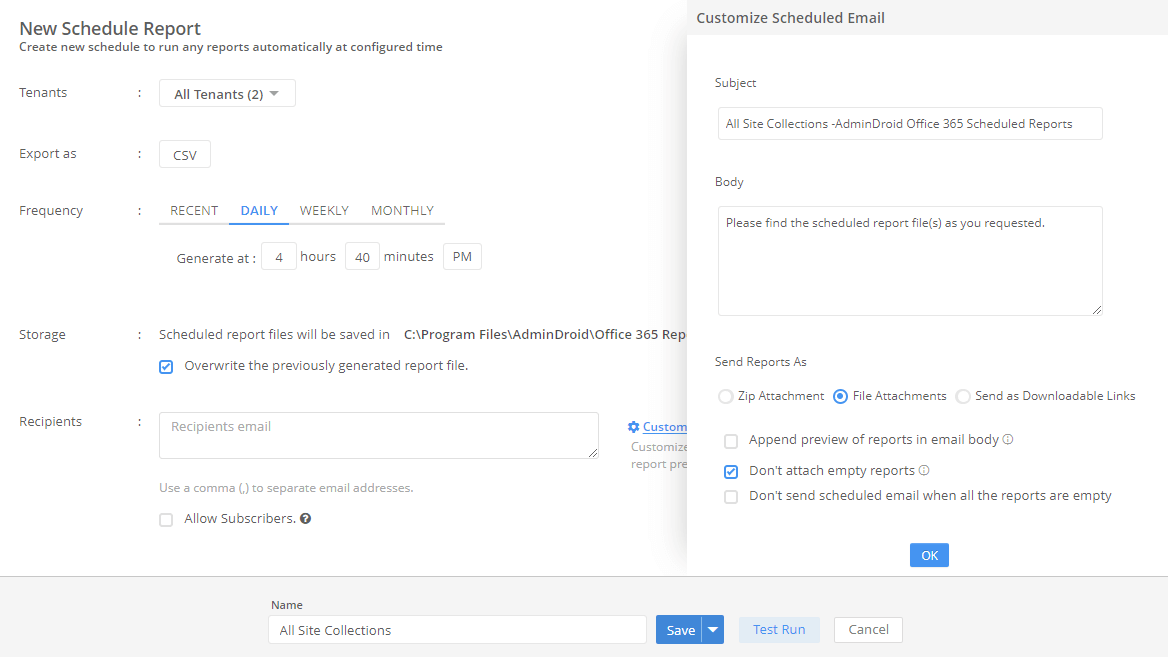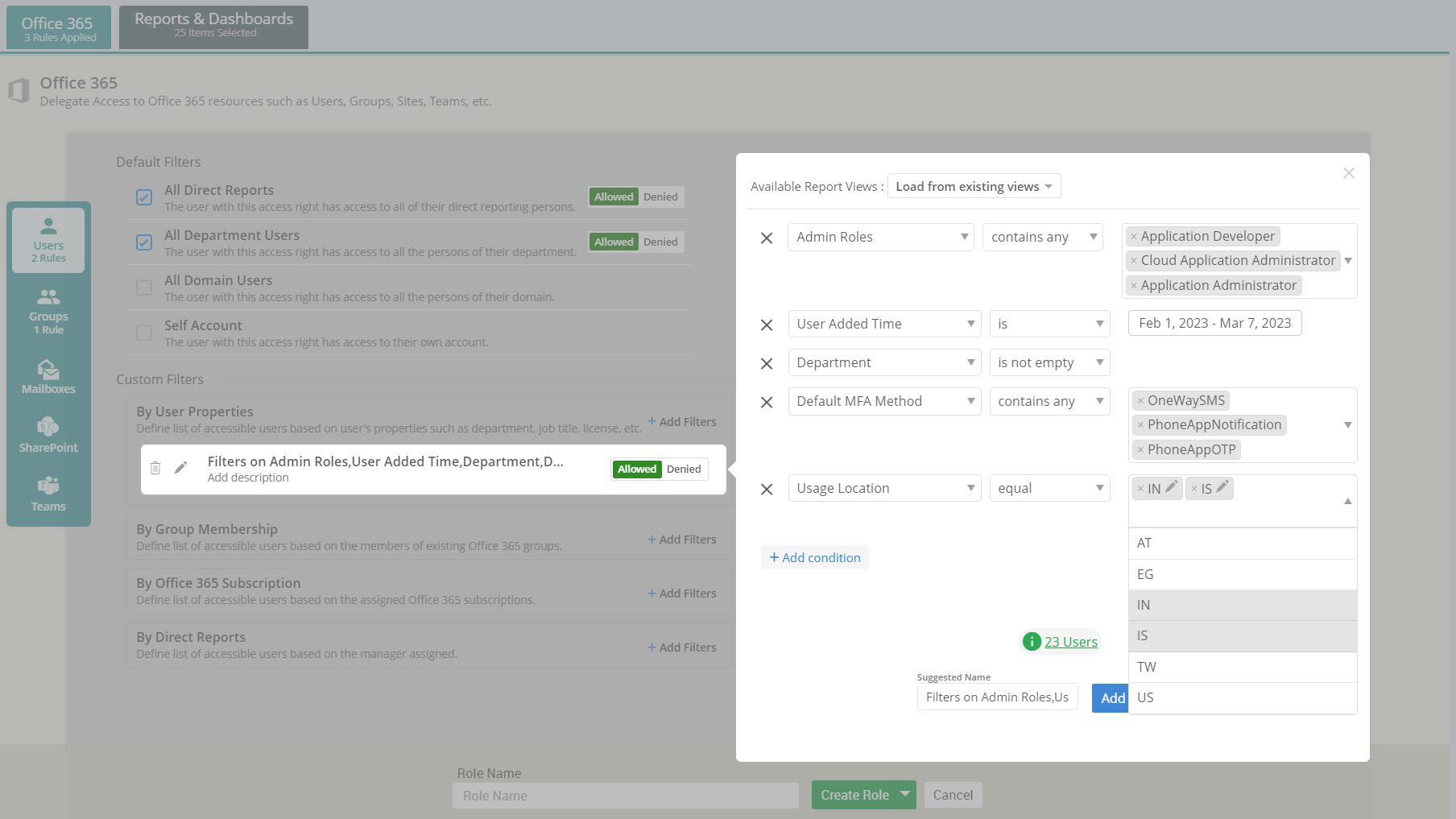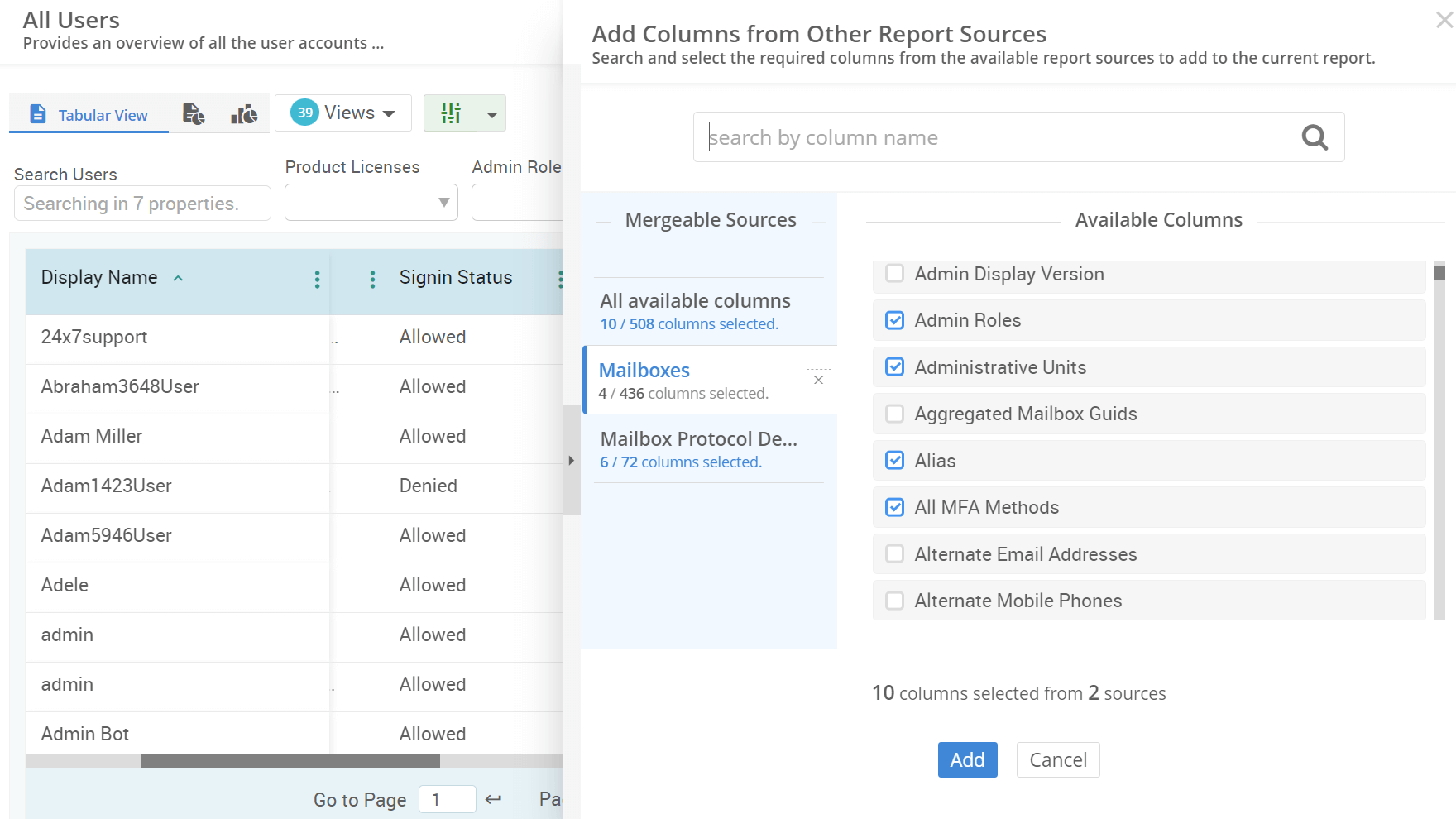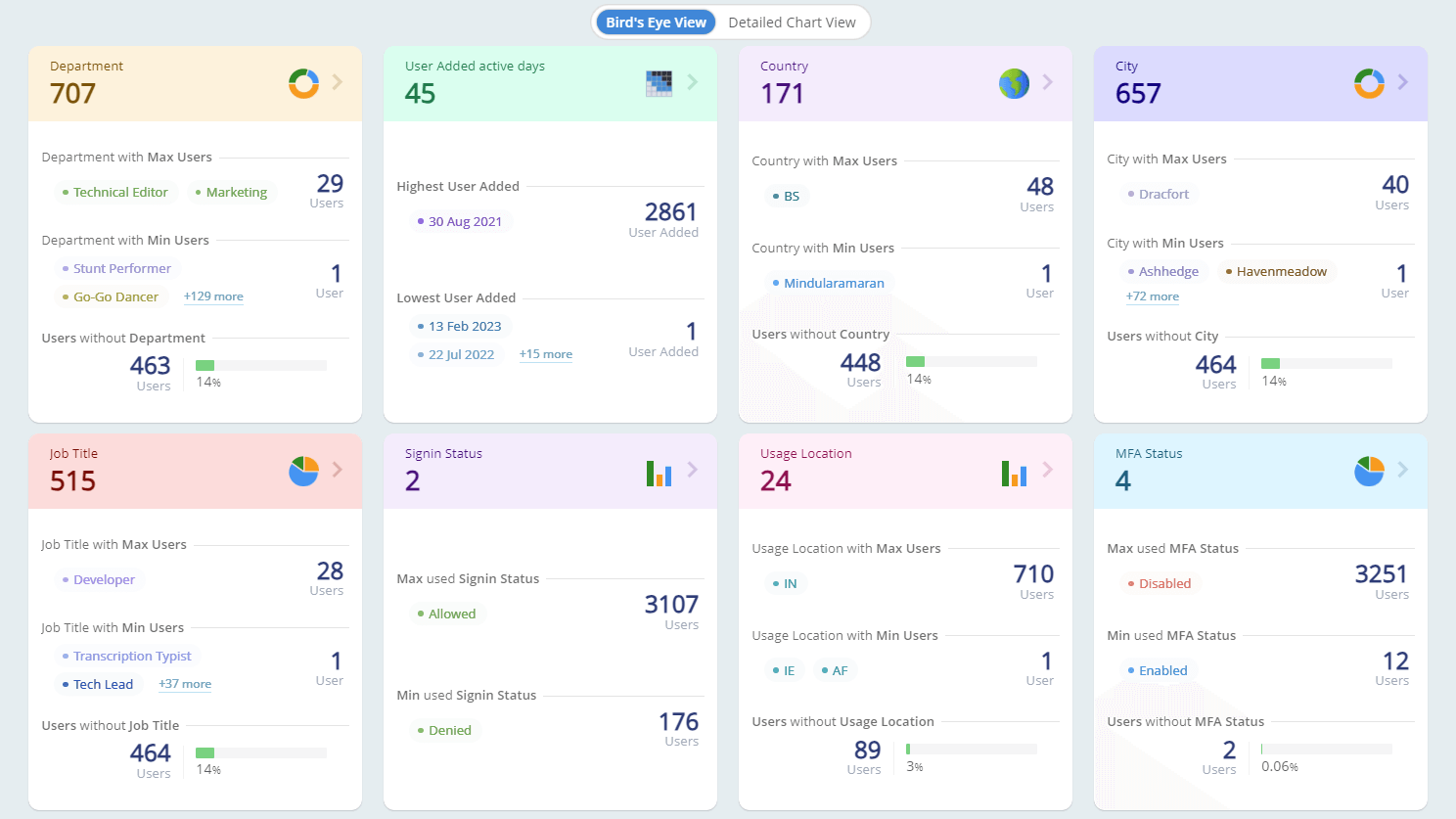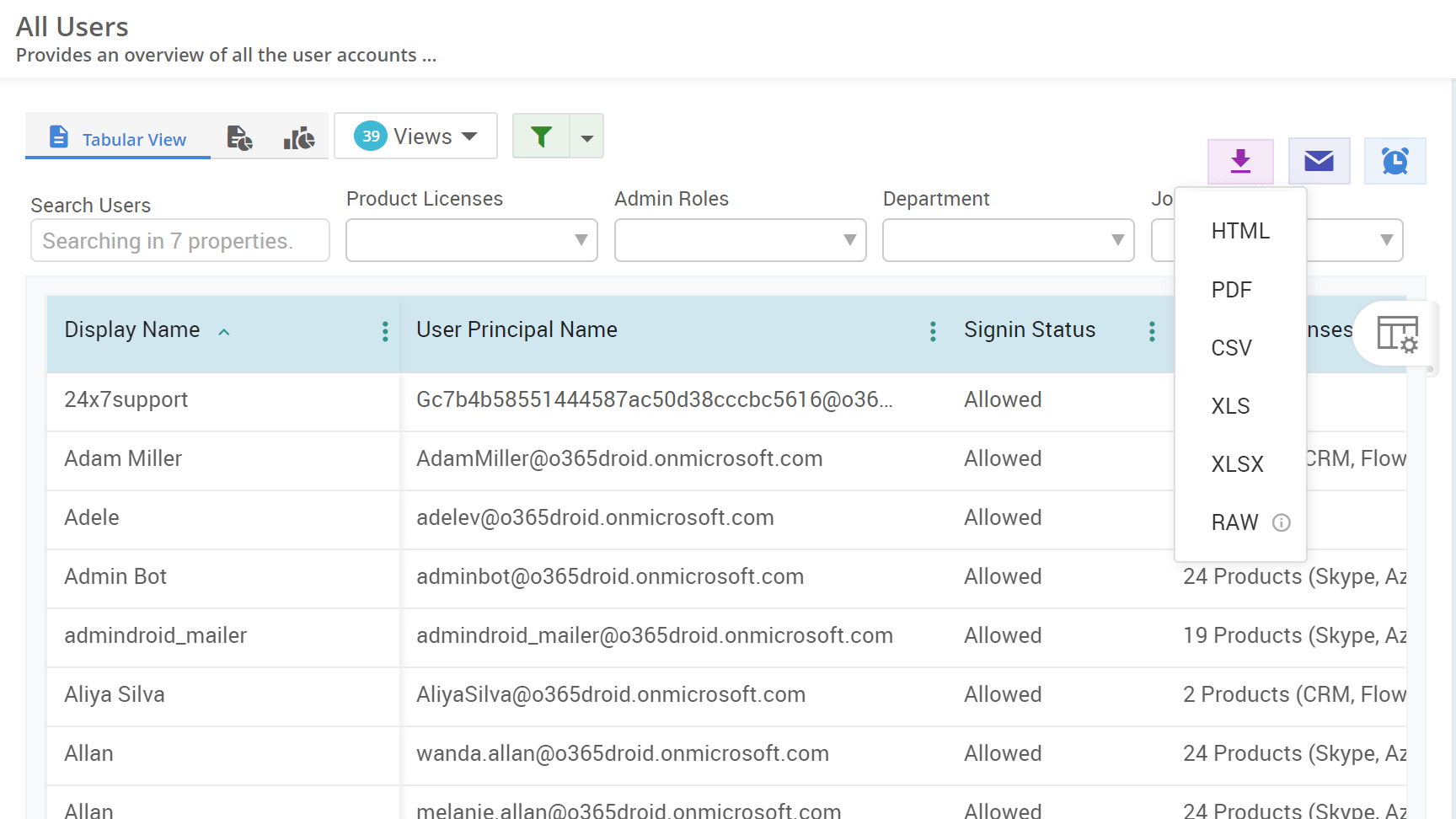How to Check MFA Status Report of Microsoft 365 Users
When we sign-in to Microsoft 365 for the first time, we get a message stating, Your organization needs more information to keep your account secure. Yet, how many of us postpone this enhanced verification by choosing the Skip for now option ? Underestimating the risks of delaying MFA activation could compromise your Microsoft 365. Discover how to check MFA reports for enhanced security.










